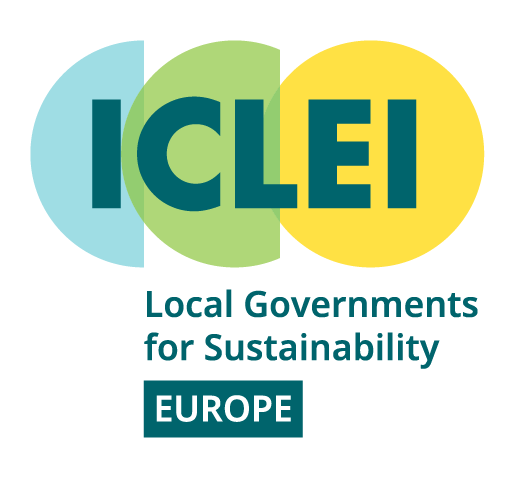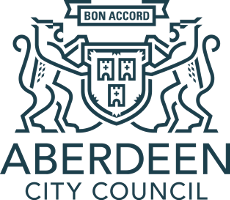Urban mobility in superblocks
Superblocks are an urban innovation that introduces low-carbon mobility practices through the reorganization of urban space, which minimizes the use of motorized modes of transportation. Superblocks help to reorganise urban space into car-free areas aimed to maximize public space and foster social and economic interactions at the street level while keeping private cars and public transport outside of the neighbourhoods.
Reference cases analysed within the scope of SMARTEES: Vitoria-Gasteiz and Barcelona (Spain).
Vitoria-Gasteiz, Spain

Barcelona, Spain

Barcelona is the pioneer city in establishing superblocks areas, with the first superblocks created in the Born and Gràcia districts in 1993 and 2006 respectively. Inspired by these positive experiences, in September 2016 the City Council extended the superblock management model throughout the city, aiming at responding to the city's scarcity of green spaces, its high levels of pollution, environmental noise, accident rates, and unhealthy lifestyles. Superblocks are implemented pursuing the objectives of enhancing habitability of public spaces, increasing urban greenery and biodiversity, and promoting low carbon mobility.
In the framework of the ongoing Superblock Program, which divides the city into 503 blocks, the Diagonal-Poblenou superblock was created in 2016. After two years, the surface area for pedestrians in Poblenou has been increased by 80%, and the space occupied by cars was reduced by 48% while the green area has almost doubled. The area has been revitalized thanks to the rise of economic activities in assets on the ground floor. At the same time, there has been an increase by 70 inhabitants in this period, which contributed to an increase in the share of children compared to the elderly population. Furthermore, public participatory processes have been launched in other 12 city areas. Such participatory processes involve the analysis of the areas and the development of a road map with a number of interventions to be introduced after their technical evaluation.













